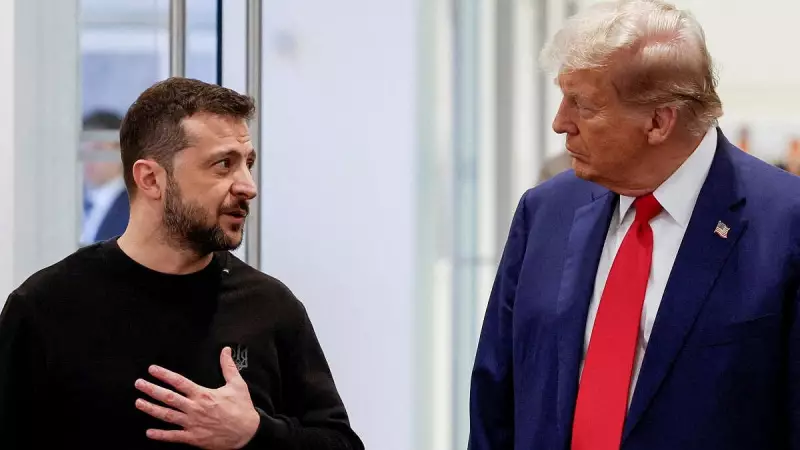
As the conflict in Ukraine continues to reshape global geopolitics, diplomatic circles are increasingly focused on what a potential peace settlement might entail. While fighting persists on the ground, behind-the-scenes discussions about endgame scenarios are gaining momentum among world powers.
The Core Challenges in Forging Peace
Any potential peace agreement faces several monumental hurdles that make negotiations exceptionally complex. The primary sticking points include:
- Territorial sovereignty: The status of Russian-occupied territories including Crimea and the Donbas region remains the most contentious issue
- Security arrangements: Ukraine's future security guarantees and potential NATO membership
- War crimes accountability: Mechanisms for addressing alleged atrocities and human rights violations
- Reconstruction funding: The enormous cost of rebuilding Ukraine's devastated infrastructure
Potential Peace Framework Models
Diplomats and conflict resolution experts have proposed several possible models that could form the basis of a settlement:
1. The Korean Peninsula Model
This approach would establish a demilitarized zone along current front lines, effectively freezing the conflict without resolving territorial claims. Both sides would maintain military readiness while technically remaining at peace.
2. The Minsk Agreement Framework
A revived version of the 2014-2015 Minsk agreements could provide special status for eastern Ukrainian regions under Ukrainian sovereignty, though previous implementation failures cast doubt on this model's viability.
3. Phased Withdrawal Scenario
This model would see Russian forces gradually withdrawing from occupied territories in exchange for the gradual lifting of Western sanctions and security guarantees for Russia.
The Role of International Mediators
Several nations and organizations are positioning themselves as potential peace brokers:
- Turkey: Has maintained communication channels with both Moscow and Kyiv
- China: Has proposed its own peace plan and maintains influence with Russia
- Neutral European nations: Countries like Austria and Switzerland offer neutral ground for talks
- United Nations: Provides institutional framework for potential peacekeeping missions
Obstacles to Immediate Resolution
Despite growing war fatigue in some quarters, significant barriers prevent quick diplomatic breakthroughs. Both Russia and Ukraine currently believe continued military action serves their interests better than compromise. Additionally, Western nations remain divided on how much pressure to apply for negotiations versus continuing military support.
The path to peace remains uncertain, but as the conflict evolves, so too do the potential solutions. What emerges will likely be a uniquely complex arrangement reflecting the unprecedented nature of this European conflict.





